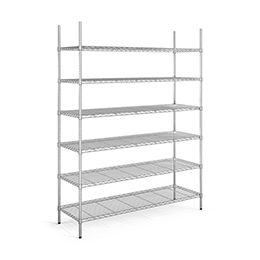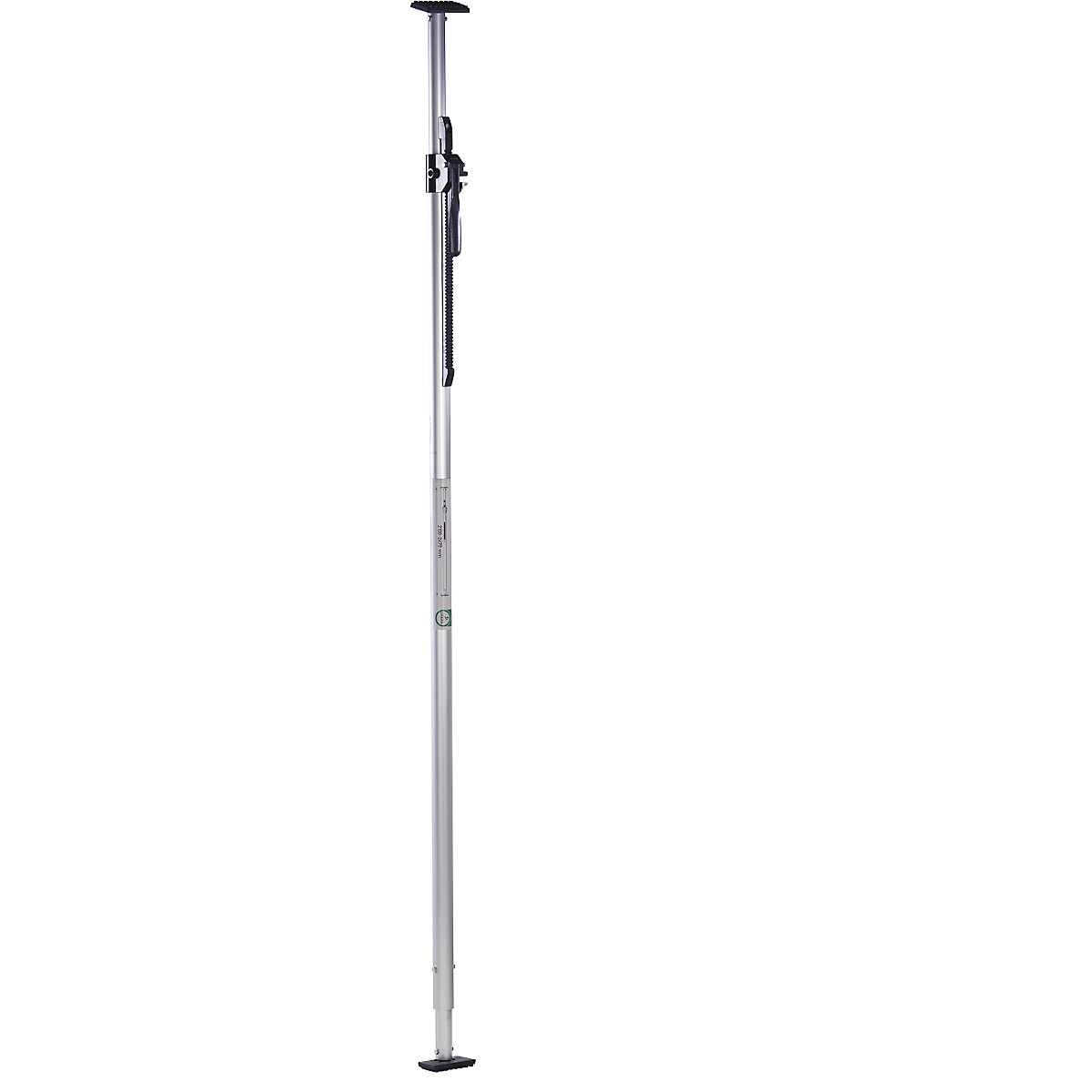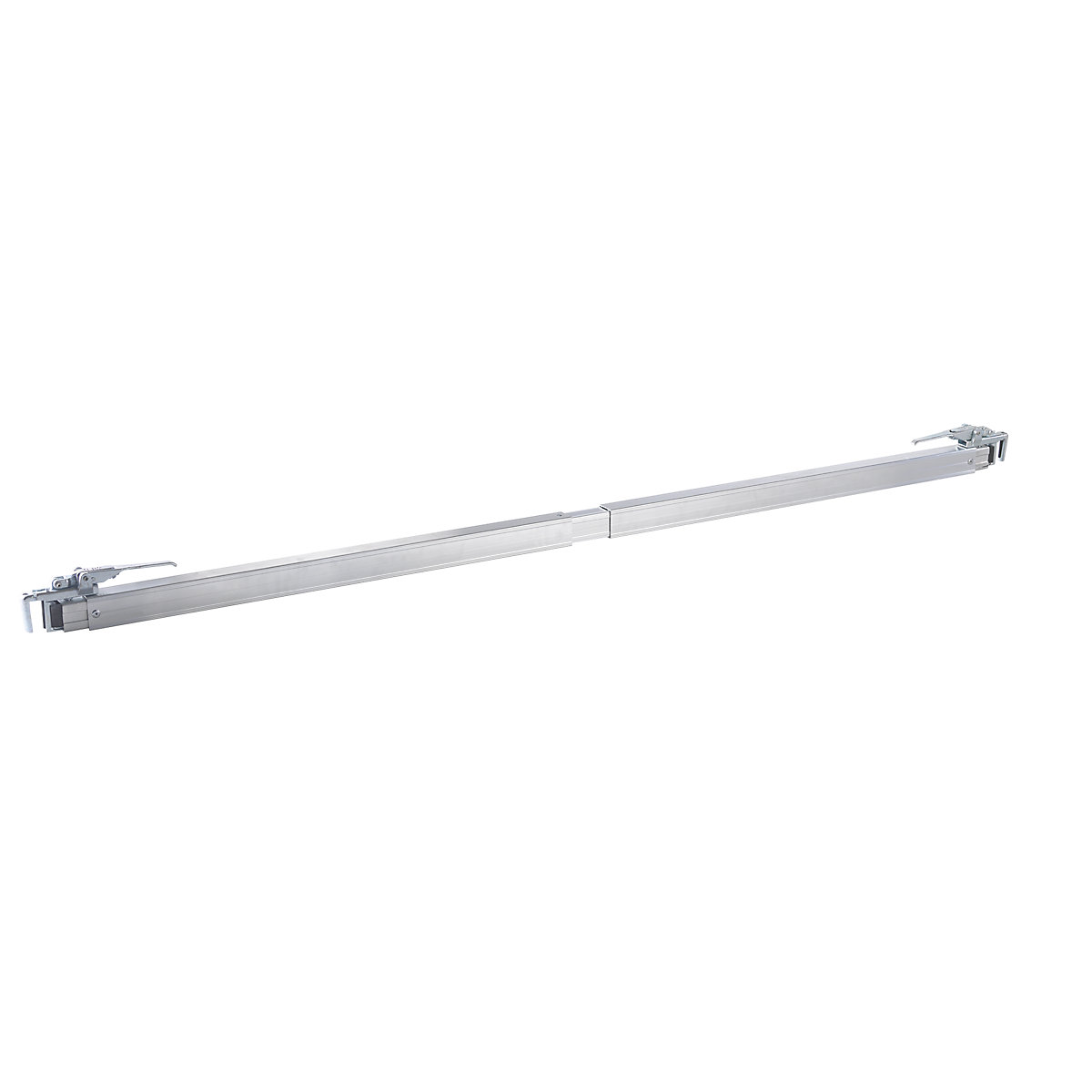Clamping bars, locking bars
Is the load smaller than the corresponding load space on your truck? No problem, because with clamping bars and locking bars, you can easily reduce the size of your load space. So everything stays safely in place during transport!

Clamping bars and locking bars – for a safe load space made to measure
There is a simple rule for load securing: the fuller the load space, the better. Pallets and cartons can then be transported in a form-fitting way, and secure each other against falling or slipping. However, if the transport volume is smaller than the area, this rule can't be applied. Unless you decide to use clamping bars and locking bars.
What can clamping bars and locking bars do?
Clamping bars and locking bars are a bit like flexible wall elements that reduce the size of a load space in a truck as required. This allows you to secure the load in a form-fitting way in a limited space, and minimises the use of more complex securing systems. As an intermediate wall fastener, the bars can be positioned closer together or further apart as required, and divide the load space along the longitudinal or transverse axis, and even horizontally.
Which system is the right one?
Permanently installed systems for locking bars have the advantage that load securing only takes seconds and can be carried out with a precision practically down to the last millimetre. The intermediate wall fastener can withstand heavy loads, and also ensures optimum distribution of the bars in the cargo area.
Clamping bars are flexible and can be mounted at different heights and in different positions. With a lower load bearing capacity, they are particularly suitable for vans with box bodies in which the load volume or load weight is lower.
Not only does the material play a role in terms of load bearing capacity, the type of goods transported also plays a role. For example, locking bars and clamping bars for transporting foodstuffs – including refrigerated food – must be made entirely of stainless steel.
As is true for every other aspect of load securing, VDI Guidelines 2700 are also decisive when it comes to the type and design of a suitable product used as intermediate wall fasteners. The principles of road traffic law are defined in the Road Traffic Act. So too in this case is the driver the first person to be held liable when it comes to correctly securing the load with clamping bars and locking bars. A check before departure is essential!
These products may also be of interest to you:
Telescopic loaders | Corner strips | Strapping machines | Rubber matting | Shrink wrap films | Lifting equipment | Pfeifer lifting slings | Pfeifer lifting chains








